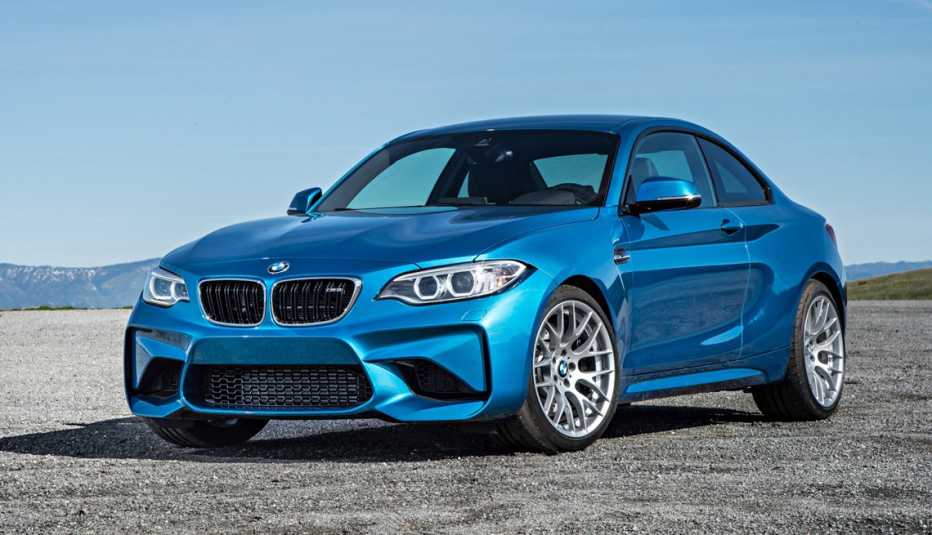AARP Hearing Center


You probably have a commendably careful vehicle budget, but perhaps you're overlooking the single biggest cost: depreciation.
Unlike a home, which usually grows in value over time, a car, sport utility vehicle (SUV), truck or van plummets in value in just a few years. Despite what you might hear, in almost no way is a car a good investment.
Well, maybe if you had bought the original 1964 1/2 Mustang and still had it in showroom condition, but in normal circumstances, take some antacid when you need a replacement vehicle and begin researching what your car is worth.
"The average new car loses 49.6 percent of its value after five years of ownership,” according to the latest data from auto research firm iSeeCars.com. The three-year depreciation figure is 38.2 percent.
Overall, depreciation “remains the single biggest cost of [auto] ownership, accounting for more than a third [36 percent] of the average annual cost,” AAA's Ellen Edmonds writes.
Some models are way worse than others
Depreciation acts as an ambush, not asserting its villainy until you can't turn back. You treat yourself to a $40,000 new car and find out at trade-in time that you have a $20,000 vehicle — if you're lucky.
Well, you say, I'll show them. I'll get a nice luxury car, and that will hold its value.
Whoops.
Luxury brands sell nine of the 10 worst-depreciating models after three years. The one that isn't, a Kia K9000, is a luxury sedan, but the mainstream Kia brand isn't really what a luxury buyer wants in the long run, iSeeCars says.
Quickly depreciating vehicles
The five fastest-depreciating vehicles, a.k.a. best “lightly used bargains,” with their three-year value drop and iSeeCars’ comments:
• Acura RLX, 55.8 percent decline. Isn't a standout in the luxury market despite good overall reviews and modern safety features possibly because of lackluster handling and a lower-grade interior.
• Lincoln MKZ, 55.6 percent decline. Reliable and many standard features but might not seem as luxurious as rivals.
• Mercedes-Benz E-class, 55.4 percent decline. As with most German makes, infamous for high repair costs, but top-flight interiors, features and driving qualities.
• Jaguar XF, 54.8 percent decline. Copies the German luxury models in high upkeep costs and for enduring appeal because of its luxury look and feel.
• Cadillac XTS, 54.5 percent decline. Below-average reliability, complicated infotainment system
Because luxury models are expensive, they're often leased to keep payments lower than they would be in taking out a loan to purchase. That means you'll see a relative flood of off-lease luxury vehicles, especially luxury sedans, hitting the used market at the end of three-year leases.
Those “have to come down significantly in price to attract used car buyers,” iSeeCars’ Chief Executive Phong Ly says in the auto-price tracker's 2019 study on depreciation. The high-depreciation luxury models depreciated 1.4 to 1.5 times as much as average.
The study compared new and used prices on some 4.8 million vehicles, iSeeCars spokeswoman Julie Blackley says.
You can play the depreciation card several ways:
- Seal a deal. Use this info to find a good bargain on a 3-year-old car among the worst-depreciating group. Yes, you have to overcome the resistance to buying something that's on a “worst” list; think of it as a list of best bargains.
- Buy a used known quantity. You can aim for a used model in the “best” group, the ones that didn't lose as much value as they age. You'll pay more, but you'll have a more valuable vehicle to trade later, and you won't spend as much as you would on a new vehicle while still getting most of the latest safety features and electronics.
- Go for new. If you're buying new, you can use this information to steer you toward a car, SUV, truck or van that will hold its value pretty well, punishing you less later when you buy your next vehicle.













































































More From AARP
9 Things You Didn't Know a Vehicle Could Do
Today's high-tech vehicles can do some amazing things
5 Ways to Get a Deal on a Used Car
You aren’t going to save a ton, but there are tricks to lower the sticker price
What to Know About Leasing a Car
How you can save money, get the latest tech and enjoy other perks over ownership